Fixed-gear fisheries have taken steps to protect the endangered marine mammals
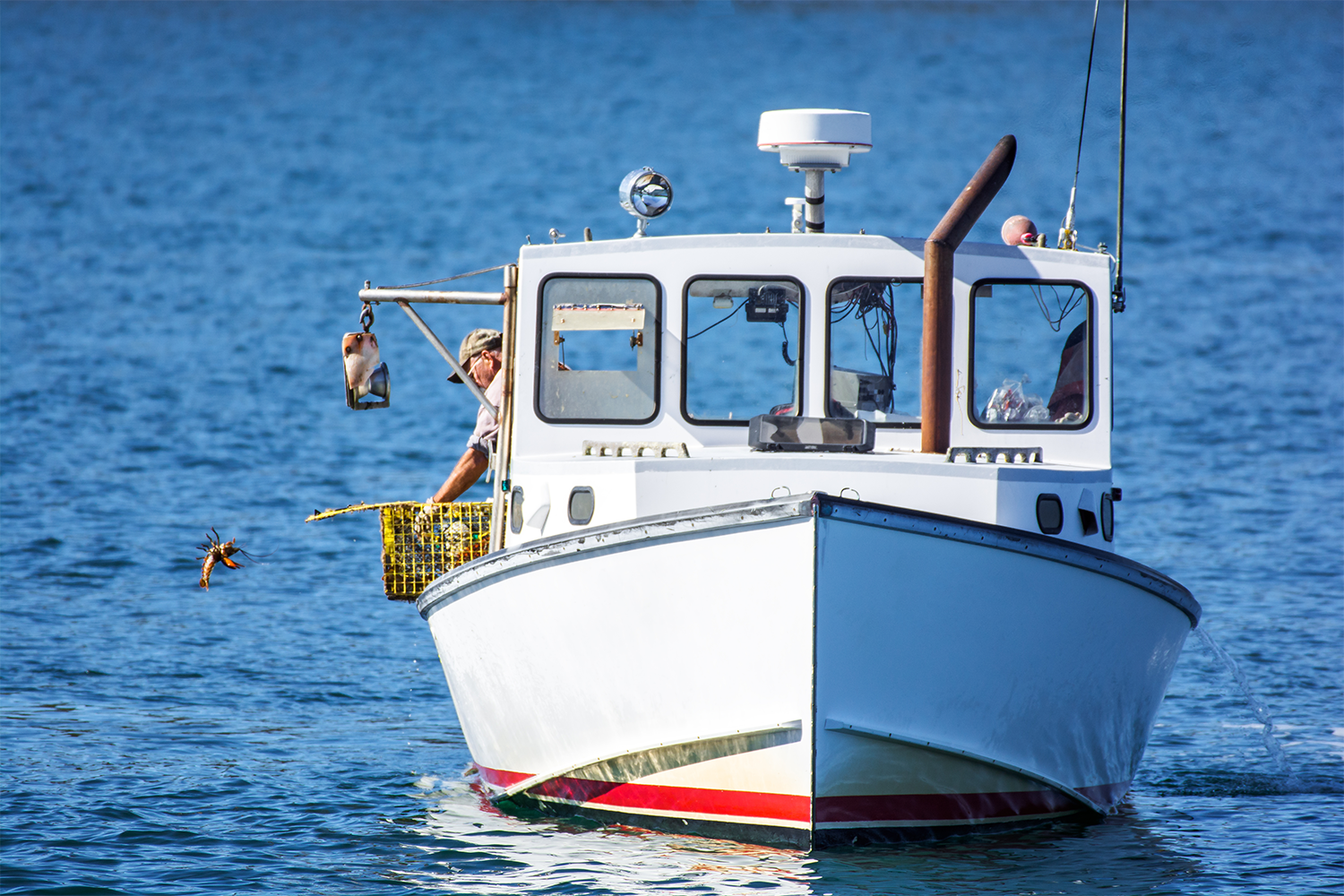
It’s been several months since the Monterey Bay Aquarium’s Seafood Watch program downgraded all fixed-gear fisheries in the Northwest Atlantic Ocean – including the lucrative American lobster fisheries in both the United States and Canada – to red (or “avoid”) in an effort to protect the endangered North Atlantic right whale.
The decision to add lobster to the red list was followed by the suspension of the fishery’s Marine Stewardship Council (MSC) certification, which enraged politicians defending one of their state’s economic engines and iconic professions.
Maine’s proud lobster industry got some reprieve early in the new year when Congress announced it will put a six-year delay on new federal fishing regulations aimed at protecting right whales.
This issue has raised a lot of questions for seafood buyers around the world. Here are some answers.
North American right whales are endangered
Concerns over North Atlantic right whale populations date back more than a century when the slow-moving species was nearly driven to extinction by commercial whaling. Today, there are only an estimated 340 left in the world, which has landed the species on the International Union for Conservation of Nature (IUCN) “critically endangered” species list.
But the population decline didn’t stop after whaling ceased, pointing to other culprits in the species’ demise.
To get a better understanding of the situation right whale populations are facing, the Advocate spoke to Sean Hayes, Protected Species Branch Chief for NOAA’s Northeast Fisheries Science Center (NEFSC) and editor of NOAA’s 2021 U.S. Atlantic and Gulf of Mexico Marine Mammal Stock Assessments.
“We have not documented a natural mortality in North Atlantic right whales in decades,” Hayes said. Instead, he says there are two primary mortality causes leading to right whale deaths: entanglement in fishing gear and ship strikes.
How fixed-gear fishing can impact right whales
As researchers from the University of Washington put it, “lobster and right whales have been on a collision course for years.” Take an already fragile population, put it up against climate change, a busy shipping lane and one of the most profitable fisheries in the United States, and you’re bound to have conflicts.
While increasing mortalities because of entanglement and ship strikes are a major concern, Hayes emphasized that decreasing birth rates are also sounding alarm bells for the future of the right whale population. “North Atlantic right whales are capital breeders,” he said, which means that they cannot successfully reproduce unless they reach a certain nutrient threshold. Essentially, right whales cannot give birth unless they’ve got enough body fat.
Hayes explains there are two factors in which gear entanglement may be affecting a right whale’s ability to intake enough nutrients to successfully give birth:
- Entanglement is an injury that takes energy to heal.
- Whales that become entangled can sometimes drag gear with them for miles.
Both factors present situations in which the whales would be unnecessarily expending extra energy to fight off entanglement: energy that they could and should be using to support reproduction. Under normal circumstances, a female right whale will give birth every three to four years, but Hayes says lately it’s taking seven to 10 years for females to reproduce again.
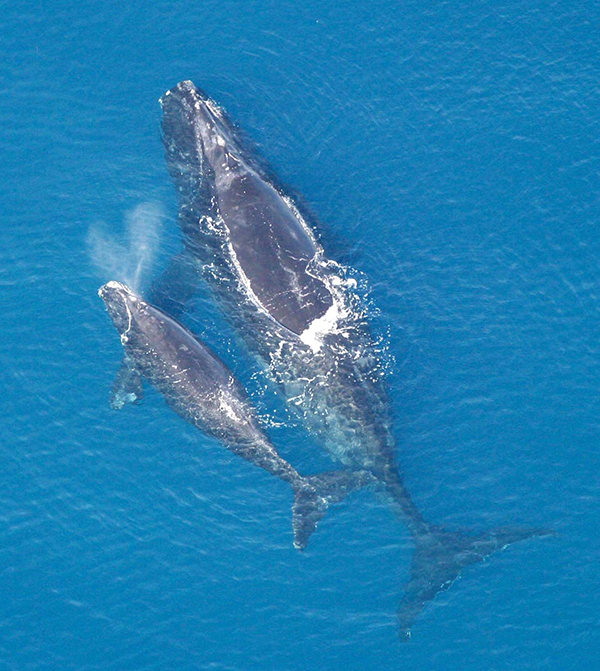
“And then you account for a 30 percent chance of getting entangled each year,” he added. “So really, there’s about a 5 percent chance that a right whale hasn’t been entangled at least once in between pregnancies.”
The estimated lifespan of a North Atlantic right whale is about 100 years, but Hayes said that lately, the whales have only been living until about 40 years: “Factor that in, coupled with the longer times between pregnancies and that they’re only giving birth three to four times rather than seven to 10.”
Declining birth rates signal a larger problem within the right whale population. If the population isn’t able to reproduce, then hopes of recovery are slim – which is why the risk of fixed gear has become so pertinent.
Hayes explains that to determine the risk to right whales, NOAA considers probability multiplied by severity.
“And probability is a function of how many lines there are,” he said. “And really, there are so few whales and so many lines. And that’s really the situation we’re so afraid of in the Gulf of Maine.”
Hayes also noted that NOAA has documented 1,700 right whale injuries that can be attributed to rope entanglement. Unfortunately, “only 10 or 15 have been tracked back to the fishery that’s responsible,” because tracking the rope back to a specific fishery can be nearly impossible.
“Right whales are the most dangerous to work with in terms of disentanglement,” said Hayes. “To get up and close to them, you have to be in a very fast and mobile boat. Oftentimes, when they start making cuts, they have to just let the gear go because they don’t have the strength or space to pull the gear up and it’s not worth the life of the whale to recover the gear.”
In other cases, Hayes noted that disentanglement is not an option, and a body is almost never recovered: “We just see a whale get entangled and then they just get so skinny and sink somewhere.”
This, Hayes argued, helps support the Maine lobster industry’s argument that no entanglements have been attributed to its fishery since 2004.
‘Fishing families who care’
Dustin Delano is a fifth-generation fisherman out of Friendship, Maine, who maintains that the Maine lobster fishery is one of the most sustainable in the world. Delano boasted that “Maine lobstermen have been making changes to the way they fish for the past two decades to provide greater protection for right whales.”
In an email to the Advocate, he outlined many of the steps that fishermen have taken to limit entanglements, including:
- Replaced all surface floating rope with whale-safe sinking rope.
- Converted all rope to include weak links or weak rope so that a whale could break free on its own if it happened to encounter a lobster line.
- Reduced the number of vertical lines in the water by requiring more traps per buoy line.
- Implemented a seasonal closure to lobster fishing.
- Marked all gear with a Maine-specific color to identify the gear if it is found on a whale.
Delano also noted that because of these changes, “no entanglement has been attributed to Maine lobster gear since 2004, and no whale mortality has ever been attributed to Maine lobster gear.” He also said that he has personally never encountered a right whale while fishing and “[doesn’t] know any fisherman who has seen one along Maine’s coast or even 40 to 50 miles offshore.”
Delano said that the Maine lobster fishery is composed of “independent fishermen often from multi-generational fishing families who care about the ocean environment.” He describes the decision by Seafood Watch to downgrade American lobster as “discouraging … when fishermen have done so much to ensure that their gear is safe for whales and the fishery is sustainable.”
While the fishery has made substantial changes to limit entanglement, Seafood Watch isn’t the only one who thinks these efforts don’t go far enough to protect right whales. Seafood Watch was contacted for comment but did not respond to multiple inquiries.
Fisheries management help tunas, billfishes recover, but extinction risk of sharks rises
Ongoing battles
The downgrading of American lobster by Seafood Watch might have captured media headlines in 2022, but it was by no means the first time that the lobster fishery has come under scrutiny for its interactions with right whales.
The Center for Biological Diversity first sued NOAA in 2018 for failing to protect right whales. The lawsuit accused the National Marine Fisheries Service (NMFS) of overlooking the impacts of the lobster fishery. It wasn’t until April 2020, however, that the group won the ruling, which concluded that NOAA’s previous biological opinion on the lobster fishery violated the Endangered Species Act (ESA). This resulted in the fishery having its MSC certification briefly suspended before being reinstated a little over a year later, as the regulatory measures were subject to legal challenge.
You can’t just use a blanket approach across all the fisheries.
But it was two steps forward, one step back for the fishery. In July 2022, another federal court ruling (Center for Biological Diversity v Gina Raimondo, Secretary of Commerce) found that the new biological opinion and new regulations intended to reduce the fishery’s risk of entangling right whales did not meet the requirements of the Marine Mammal Protection Act (MMPA) and the Endangered Species Act (ESA) for fixed-gear fisheries.
As a requirement of their standards, both Seafood Watch and MSC must downgrade their rating and suspend certifications, respectively, if any fishery is operating against the law – the updated opinion following the lawsuit made it such that the American lobster fishery was in violation of the Endangered Species Act.
Retailers who use MSC and Seafood Watch as requirements or guidelines for their seafood sourcing policies were then backed into a corner, with some announcing that they would be pulling American lobster from their shelves, including restaurant chain The Cheesecake Factory, Amazon-owned Whole Foods Market and home delivery services Blue Apron and HelloFresh. Others like U.S. supermarket chain HEB voiced support for the fishery, telling a prominent trade publication that it was “in the crosshairs of a recent legal technicality,” and urging MSC to do “its due diligence.”
The Maine lobster industry did not wait around and in February it withdrew from the MSC certification process. Earlier this month, the Maine Lobstermen’s Association, the Maine Coast Fishermen’s Association and other lobster businesses filed a defamation lawsuit against the Monterey Bay Aquarium Foundation, alleging that Seafood Watch misled consumers about the state’s lobster harvest.
Annie Tselikis, director of marketing for Cousins Maine Lobster, a fast-casual lobster concept with 52 food trucks and seven restaurants across the United States, said that Maine lobster wholesalers and processors educated their customers about the “real and good work that the fishery has done for the last 20 years” to protect the fishery and whales. Tselikis is also the executive director of the Maine Lobster Dealers’ Association.
“We know this product, we know the fishery, and we do not need a third-party certification to guide our purchasing decisions,” she said. “The lobster industry has repeatedly modified their gear to mitigate interactions with North Atlantic right whales, and those modifications have been effective.”
What about Canada?
The focus of most media headlines has been on the Maine lobster fishery, but many say that the east coast of Canada has an equal, if not, a larger role to play in the fight against right whales.
Pierre Dupuis, the Science Director at the Maritime Fishermen’s Union, says that Canada has been moving quickly to implement changes within its lobster and snow crab fisheries to protect the whales, but the process still takes time.
“We can’t just flip everything over tomorrow because there are rules in place,” said Dupuis, explaining that Canadian fishing regulations stipulate, by law, what type of gear fishermen have to use and right now the law does not permit the use of ropeless gear, which has been touted as a solution to the entanglement problem.
“It takes about three years to change a regulation in Canada. But in the meantime, we can fish with ropeless [gear] under an experimental license,” he said, adding that fishermen are sometimes permitted to fish with gear that’s outside the scope of the regulations as long as it’s part of a testing program.
For the last four years, Dupuis and his team have been testing different gear types including ropeless gear and “fully weak” rope. The focus of the trials has primarily been on the offshore snow crab fishery, since the lobster fishery mostly fishes inshore, in less than 60 feet of water, where whales don’t typically frequent. “Snow crab is a higher risk in certain areas which is why they were pretty quick to test weak ropes and ropeless technology,” he said.
The whales go where the food is – in 10 years from now we think they’ll shift more towards Newfoundland.
While the Canadian snow crab fishery has been seeing some success with ropeless gear in its experiments, Dupuis notes that there is never going to be zero risk of entanglement, regardless of what gear is used. “You cannot have something that’s 100 percent. There’s always a slight risk, there’s no technology out there that’s going to be the savior. There’s always going to be a risk but we want to minimize it as much as possible and in Canada, we think we’re moving pretty quick.”
The type of gear used to mitigate risk also varies widely, fishery by fishery. Whereas much of the narrative around entanglements groups all fisheries into one category, the reality is that these fisheries are diverse and their solutions to entanglement need to be diverse too. “If it works in the Gulf, it doesn’t mean it’s going to work in the Bay of Fundy. The Bay of Fundy has strong currents and strong tides. You can’t just use a blanket approach across all the fisheries,” said Dupuis, emphasizing the need for tailored solutions in individual fisheries and the importance of managing risk on a case-by-case basis moving forward.
Mitigating that risk does pose a challenge for the fishing industry, as there is still a lot unknown about the behavior of North Atlantic right whales. Dupois acknowledges that the Gulf of St. Lawrence is a popular feeding ground for right whales currently, but the whales change their feeding grounds annually and climate change is continually pushing whales further and further off their normal migration course. “The whales go where the food is – in 10 years from now we think they’ll shift more towards Newfoundland,” he explained.
Balancing protection and production: Impossible juxtaposition or the only way forward?
The future of both the American lobster fishery and the North Atlantic Right whale population remains uncertain. The six-year delay offered by Congress buys some time for the highest-value species group in U.S. fisheries, but more changes will likely be required of lobstermen to provide even greater protection for right whales.
More extreme measures, like the aforementioned ropeless technology, will require big investments. Another area that will likely require large amounts of investment is in monitoring and data collection. Not enough is known about right whales, which leaves decision-makers sometimes acting with an abundance of caution, not confidence. Greater certainty as to where right whales are in the ocean may help to calm some of the tensions between environmental groups, the lobster industry and decision-makers trying to find a way to broker peace.
As for what the lobstermen in Maine want, Delano puts it simply: “I’d like to see this way of life preserved.”
Follow the Advocate on Twitter @GSA_Advocate
Now that you've reached the end of the article ...
… please consider supporting GSA’s mission to advance responsible seafood practices through education, advocacy and third-party assurances. The Advocate aims to document the evolution of responsible seafood practices and share the expansive knowledge of our vast network of contributors.
By becoming a Global Seafood Alliance member, you’re ensuring that all of the pre-competitive work we do through member benefits, resources and events can continue. Individual membership costs just $50 a year.
Not a GSA member? Join us.
Author
-

Emily De Sousa
Emily is a fisheries scientist and a social media content creator based in Niagara, ON. She is the founder of Seaside with Emily, an online travel and seafood blog. She also works as a research consultant for the FAO and IIED, where her work focuses on small-scale fisheries and international trade.
Seaside with Emily
https://seasidewithemily.com/
(Instagram: @seasidewithemily, Twitter: @emilyseaside, Linkedin: Emily De Sousa)
IG: https://www.instagram.com/seasidewithemily/
Twitter: https://twitter.com/emilyseaside
Tagged With
Related Posts
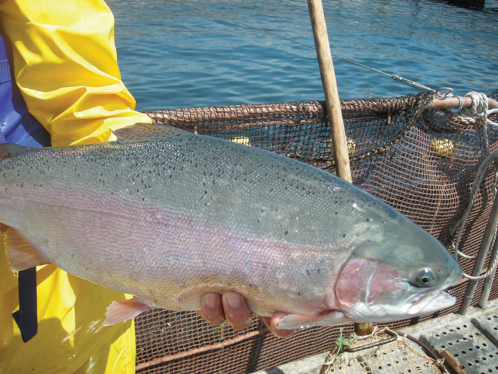
Responsibility
Certification groups criticize Seafood Watch downgrade of Chilean farmed trout to the ‘avoid’ list
A Seafood Watch decision to downgrade Chilean farmed trout to "avoid" stirs controversy and criticism from third-party certification bodies.
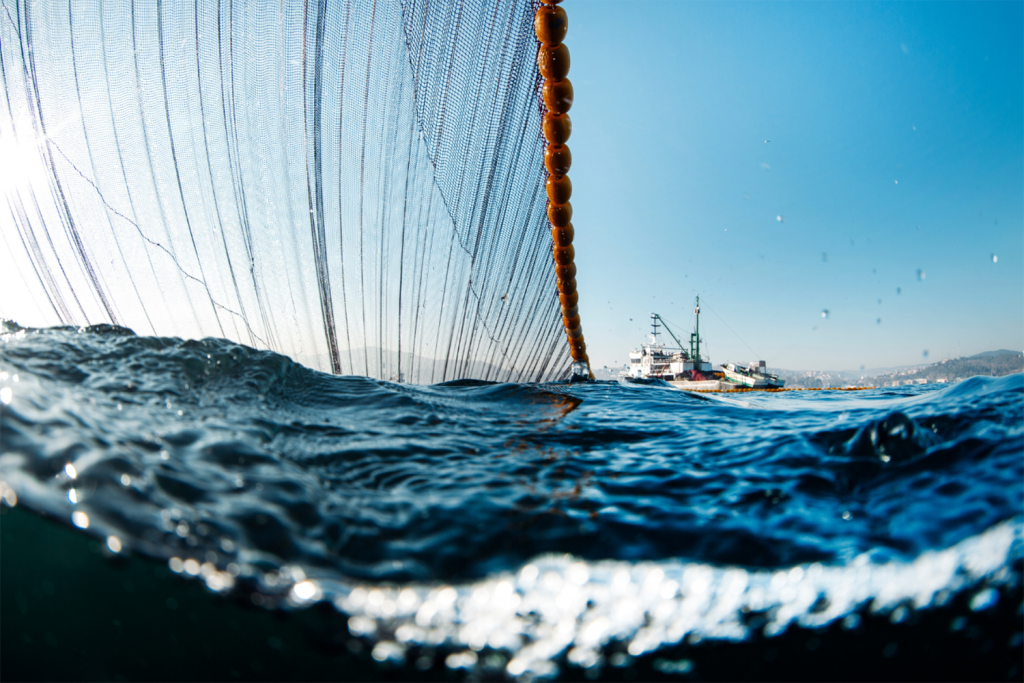
Fisheries
‘They need a good reason to stay’: How one coalition may break a decade of deadlock in the North Atlantic mackerel fishery
GOAL 2022: The North Atlantic Pelagic Advocacy Group, led by Dr. Tom Pickerell, is a finalist for GSA’s inaugural Global Fisheries Innovation Award.

Aquafeeds
Counterpoint: Marine ingredients are stable in volume, strategic in aquaculture nutrition
IFFO Director General Petter M. Johannessen says fishmeal and fish oil offer unmatched nutrition and benefits to fuel aquaculture’s growth trajectory.
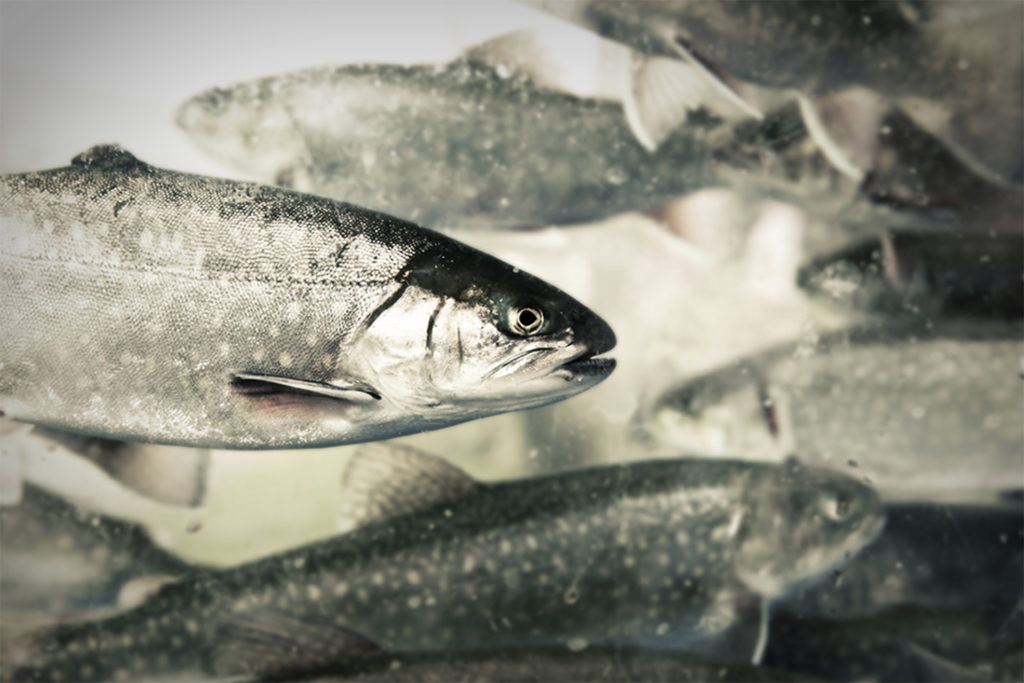
Aquafeeds
Point: There are no essential ingredients in aquaculture feeds
Kevin Fitzsimmons, leader of the F3 (fish-free feed) Challenge, says aquaculture may currently depend on fishmeal and fish oil, but farmed fish do not.


